Como Hacer Hacking Ético con Kali Linux
Uno de los objetivos del Hacking Ético es encontrar problemas de seguridad para corregirlos.
Existen herramientas y técnicas para hacer un Hacking Ético con Kali Linux de manera correcta.
En este tutorial te enseñaré a Como Hacer Hacking Ético con Kali Linux, vamos con ello.

Para que todo salga bien, sigue los pasos que te indicaré a continuación.
Al hacer hacking ético a un servidor, podemos encontrar diferentes vulnerabilidades en él.
Vamos a usar Nikto, esta herramienta nos permite hacer pruebas de vulnerabilidades en Kali Linux.
Voy a buscar vulnerabilidades en mi servidor local montado con la herramienta XAMPP.
Para buscar vulnerabilidades en mi servidor con la herramienta Nikto, ejecuto el siguiente comando:
nikto -h 127.0.0.1
- Nikto v2.1.6
---------------------------------------------------------------------------
+ Target IP: 127.0.0.1
+ Target Hostname: 127.0.0.1
+ Target Port: 80
+ Start Time: 2024-04-12 22:46:37 (GMT-4)
---------------------------------------------------------------------------
+ Server: Apache/2.4.58 (Unix) OpenSSL/1.1.1w PHP/8.2.12 mod_perl/2.0.12 Perl/v5.34.1
+ Retrieved x-powered-by header: PHP/8.2.12
+ The anti-clickjacking X-Frame-Options header is not present.
+ The X-XSS-Protection header is not defined. This header can hint to the user agent to protect against some forms of XSS
+ The X-Content-Type-Options header is not set. This could allow the user agent to render the content of the site in a different fashion to the MIME type
+ Root page / redirects to: http://127.0.0.1/dashboard/
+ Apache mod_negotiation is enabled with MultiViews, which allows attackers to easily brute force file names. See http://www.wisec.it/sectou.php?id=4698ebdc59d15. The following alternatives for 'index' were found: HTTP_NOT_FOUND.html.var, HTTP_NOT_FOUND.html.var, HTTP_NOT_FOUND.html.var, HTTP_NOT_FOUND.html.var, HTTP_NOT_FOUND.html.var, HTTP_NOT_FOUND.html.var, HTTP_NOT_FOUND.html.var, HTTP_NOT_FOUND.html.var, HTTP_NOT_FOUND.html.var, HTTP_NOT_FOUND.html.var, HTTP_NOT_FOUND.html.var, HTTP_NOT_FOUND.html.var, HTTP_NOT_FOUND.html.var, HTTP_NOT_FOUND.html.var, HTTP_NOT_FOUND.html.var, HTTP_NOT_FOUND.html.var, HTTP_NOT_FOUND.html.var, HTTP_NOT_FOUND.html.var, HTTP_NOT_FOUND.html.var, HTTP_NOT_FOUND.html.var, HTTP_NOT_FOUND.html.var
+ OSVDB-877: HTTP TRACE method is active, suggesting the host is vulnerable to XST
+ ///etc/hosts: The server install allows reading of any system file by adding an extra '/' to the URL.
+ OSVDB-3268: /webalizer/: Directory indexing found.
+ OSVDB-3268: /img/: Directory indexing found.
+ OSVDB-3092: /img/: This might be interesting...
+ OSVDB-3092: /phpmyadmin/ChangeLog: phpMyAdmin is for managing MySQL databases, and should be protected or limited to authorized hosts.
+ OSVDB-3092: /web/: This might be interesting...
+ OSVDB-3268: /icons/: Directory indexing found.
+ OSVDB-3233: /icons/README: Apache default file found.
+ Uncommon header 'x-ob_mode' found, with contents: 1
+ /phpmyadmin/: phpMyAdmin directory found
+ OSVDB-3092: /phpmyadmin/README: phpMyAdmin is for managing MySQL databases, and should be protected or limited to authorized hosts.
+ /wp-content/themes/twentyeleven/images/headers/server.php?filesrc=/etc/hosts: A PHP backdoor file manager was found.
+ /wordpresswp-content/themes/twentyeleven/images/headers/server.php?filesrc=/etc/hosts: A PHP backdoor file manager was found.
+ /wp-includes/Requests/Utility/content-post.php?filesrc=/etc/hosts: A PHP backdoor file manager was found.
+ /wordpresswp-includes/Requests/Utility/content-post.php?filesrc=/etc/hosts: A PHP backdoor file manager was found.
+ /wp-includes/js/tinymce/themes/modern/Meuhy.php?filesrc=/etc/hosts: A PHP backdoor file manager was found.
+ /wordpresswp-includes/js/tinymce/themes/modern/Meuhy.php?filesrc=/etc/hosts: A PHP backdoor file manager was found.
+ /assets/mobirise/css/meta.php?filesrc=: A PHP backdoor file manager was found.
+ /login.cgi?cli=aa%20aa%27cat%20/etc/hosts: Some D-Link router remote command execution.
+ /shell?cat+/etc/hosts: A backdoor was identified.
+ 8698 requests: 0 error(s) and 26 item(s) reported on remote host
+ End Time: 2024-04-12 22:47:40 (GMT-4) (63 seconds)
---------------------------------------------------------------------------
+ 1 host(s) tested
*********************************************************************
Portions of the server's headers (Apache/2.4.58 PHP/8.2.12 mod_perl/2.0.12 Perl/v5.34.1) are not in
the Nikto 2.1.6 database or are newer than the known string. Would you like
to submit this information (*no server specific data*) to CIRT.net
for a Nikto update (or you may email to sullo@cirt.net) (y/n)? n
Nikto me indica las vulnerabilidades que tiene mi servidor, a continuación mostraré algunas de ellas:
- The anti-clickjacking X-Frame-Options header is not present.
- The X-XSS-Protection header is not defined. This header can hint to the user agent to protect against some forms of XSS
- The X-Content-Type-Options header is not set. This could allow the user agent to render the content of the site in a different fashion to the MIME type
- Apache mod_negotiation is enabled with MultiViews, which allows attackers to easily brute force file names.
He realizado un hacking ético con la intención de encontrar y corregir los errores de seguridad del servidor.
Ahora toca meter mano al servidor e ir corrigiendo cada una de las vulnerabilidades y dejar el servidor mas seguro.
Conclusión
En este tutorial has aprendido a Como Hacer Hacking Ético con Kali Linux.
Te servirá como base para realizar hacking ético más avanzado a tus servidores.
No te rindas y practica mucho, así serás un experto en Hacking Ético.
Nota(s)
- No olvides que debemos usar la Tecnología para hacer cosas Buenas por el Mundo.
Síguenos en nuestras Redes Sociales para que no te pierdas nuestros próximos contenidos.







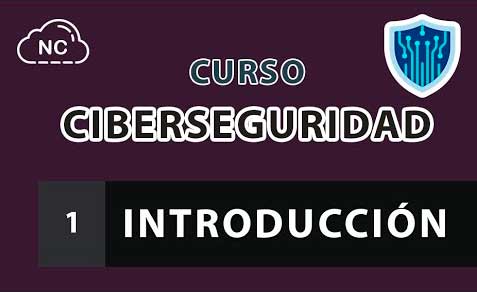


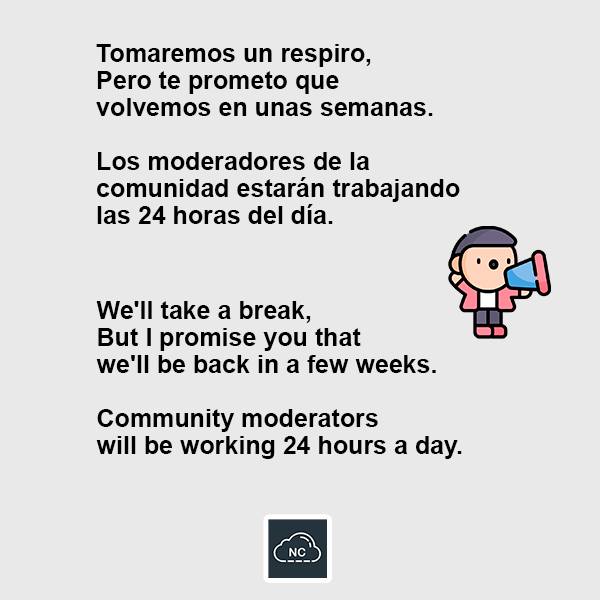
 Seguimos trabajando las 24 horas del día para brindarte la mejor experiencia en la comunidad.
Seguimos trabajando las 24 horas del día para brindarte la mejor experiencia en la comunidad.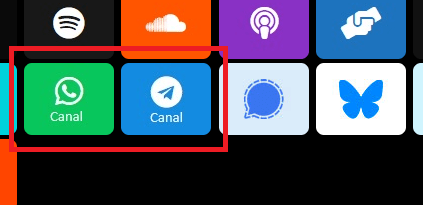
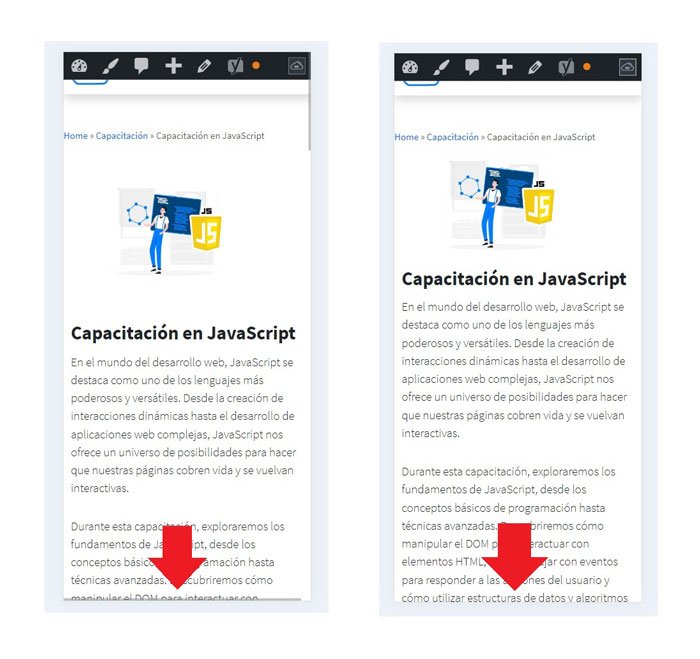 Hemos corregido el problema y ahora la web no muestra esa barra horizontal y se ve en su tamaño natural.
Seguimos trabajando las 24 horas del día, para mejorar la comunidad.
Hemos corregido el problema y ahora la web no muestra esa barra horizontal y se ve en su tamaño natural.
Seguimos trabajando las 24 horas del día, para mejorar la comunidad.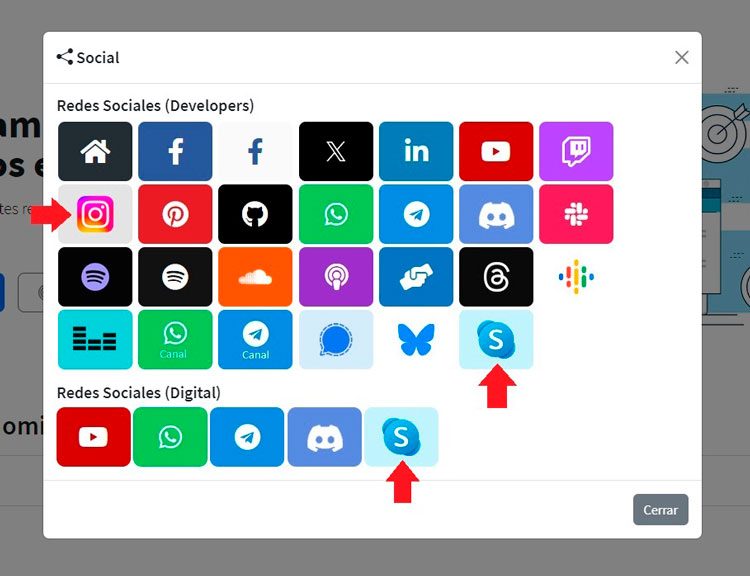 Seguimos trabajando las 24 horas y 365 días del año para mejorar tu experiencia en la comunidad.
Seguimos trabajando las 24 horas y 365 días del año para mejorar tu experiencia en la comunidad.
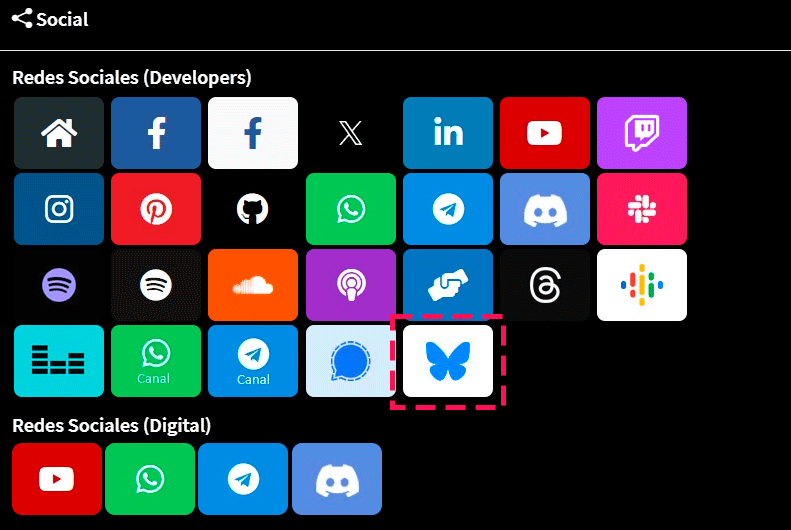
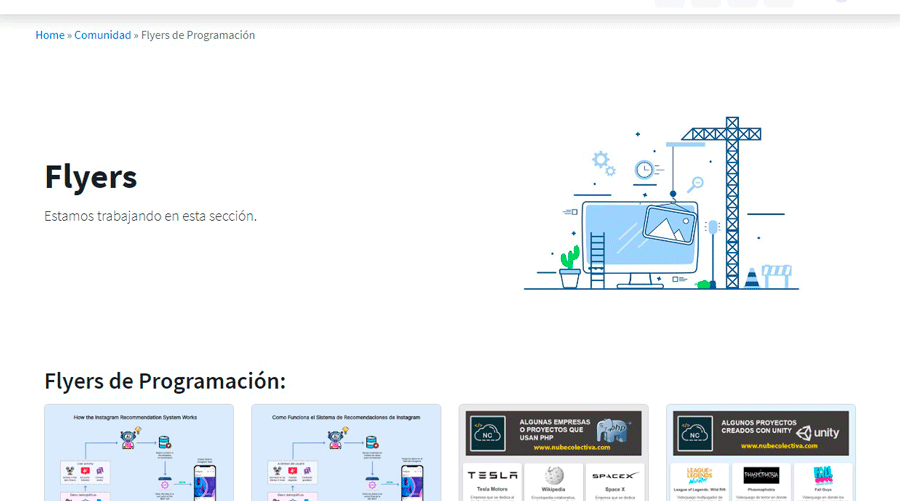 Seguimos trabajando para brindarte le mejor experiencia en Nube Colectiva.
Seguimos trabajando para brindarte le mejor experiencia en Nube Colectiva.

Social
Redes Sociales (Developers)
Redes Sociales (Digital)